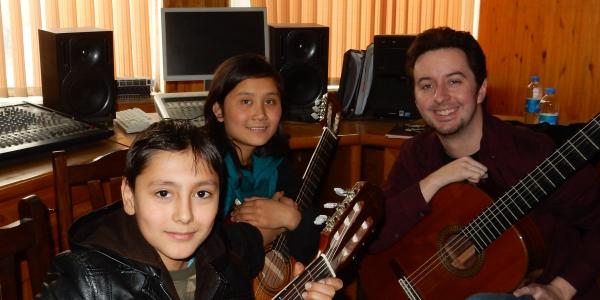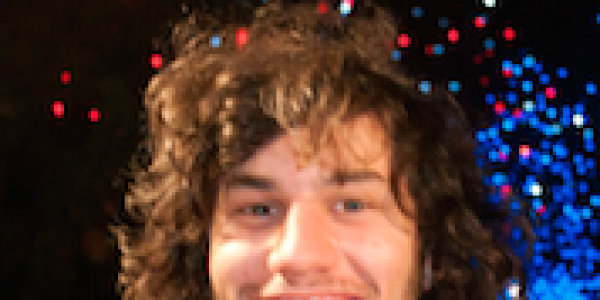
Aspiring artists at CU-Boulder can learn some of what it takes to become a successful artist in the real world by rubbing shoulders with working professional artists through the Visiting Artist Program.
"It’s a way for our students to engage with professionals in their field," said Valerie Albicker, director of the Visiting Artist Program. "Students have the opportunity to witness the thought process and research practices of working artists. More often than not it’s the message more than an object of beauty."
Established in 1972, the Visiting Artist Program in the Department of Art and Art History was developed to bring East and West Coast professional artists to Colorado. The program is now international in scope.
The Visiting Artist Program and the Visiting Scholar Program feature some of the most compelling artists and scholars working today. Each year a diverse group of nationally and internationally recognized artists and art historians are invited to campus to present their work and ideas through lectures, performances and conversations.
Featured artists work in a diverse selection of media, from printmaking and performance videos to photography, sculpture and mixed media.
During their stay, artists present a public lecture; work closely with graduate and undergraduate students; meet with students for individual critiques; and contribute to the program’s long-running What Follows, a professionally produced artist interview series.
The artist program brings in 10-12 artists a year split between the fall and spring semesters. Some artists, such as ceramicists and printmakers, produce a piece of art to show the process of how they create a piece of artwork.
The scholar program invites three to five highly regarded art historians to campus to explore the discipline of art history. During their weeklong visit, the scholars work closely with graduate students and present their research and published papers at a public lecture.
“Our program focuses on conceptual art practices,” said Albicker. “Concepts or ideas involved in the work take precedence over traditional aesthetic and material concerns. The work is intended to jar people into or out of a way of thinking, to get them to engage in new ways and to share in a dialogue.”
Through these programs, undergraduates and graduate students benefit from exposure to the artists’ and scholars’ work, engaging with them in collaborative dialogues about the art-making process. Students also benefit from critiques of their own work.
“Our intention is to give students a deeper understanding of what it takes to succeed in the art world,” said Albicker.
All lectures in this series are free and open to the public. For more information, contact Valerie Albicker at 303- 492-2539.
Photo: Kim Johngku, a guest artist from Korea, who will present his work in February 2014.



